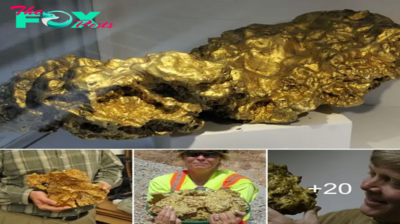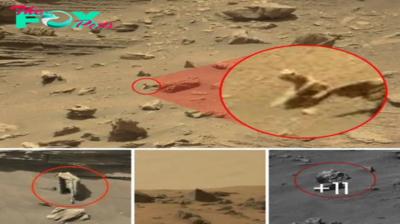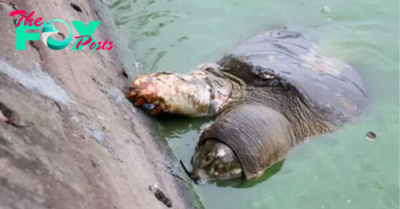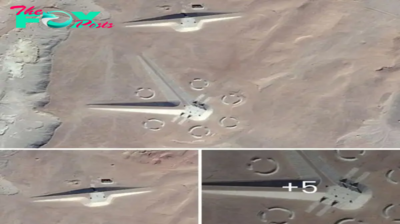UFO Aliens
Bahariya Oasis: The Fabulous Valley of the Golden Mummies
-

 UFO Aliens4m ago
UFO Aliens4m agoAncient Enigma: Discovery of Mysterious ‘Alien’ Skull Fuels Speculation About Earth’s Hidden History and Previous Unknown Inhabitants
-

 UFO Aliens4m ago
UFO Aliens4m agoAncient Extraterrestrial Life Hypothesized to Have Developed Billions of Years Ago, Possibly Visiting Earth and Mars, Supported by NASA’s Curiosity Rover Findings.
-

 UFO Aliens4m ago
UFO Aliens4m agoThe Haunting Truth Unveiled: Creepy 100-Year-Old ‘Mermaid’ from Japan Revealed as Frankenstein’s Monster, Scientists Make Startling Discoveries
-

 UFO Aliens4m ago
UFO Aliens4m agoUnbelievable Incident: US Warship Chased by Car-Sized ‘Balls of Light’ UFOs, Mysteriously Evading Advanced Anti-Drone Defenses
-

 UFO Aliens4m ago
UFO Aliens4m agoUnbelievable Encounter: Aircraft Passes Four Mysterious Red Orbs in Longmont, Colorado, USA, Igniting Curiosity and Wild Speculation
-

 UFO Aliens4m ago
UFO Aliens4m agoOhh! Alien Base Speculations Surround Mysterious Egyptian Structure Spotted on Google Maps Raises Questions
-

 UFO Aliens4m ago
UFO Aliens4m agoUFO Expert Reveals Hints of Secretive Site Housing Crashed Alien Spacecraft, Enigmatic Location Shrouded in Mystery
-

 UFO Aliens4m ago
UFO Aliens4m agoLas Vegas Resident’s ‘Terrifying’ UFO Encounter: Police Body-Cam Captures ’10ft Aliens’ Sighting in Backyard, Sparking Conspiracy Theories






























